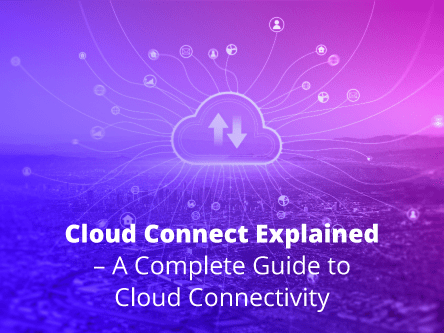In the late 1990s, procuring and maintaining networking hardware in-house was tremendously expensive. Even if you managed to source a refurbished networking equipment, the cost of laying the wiring and employing skilled personnel to keep things running smoothly exerts a heavy toll on IT budgets and manpower.
Along came cloud computing, which offloaded some of the simple storage and connectivity burdens to centralised third-party servers. This was the start of mass virtualisation of computing. It brought down the prices of hardware and maintenance aspects somewhat.
Fast forward to today: many people use the terms network-as-a-service (NaaS) and software-defined networking (SDN) interchangeably. Often times, we use the term SDN to which they actually mean NaaS. What is the difference, exactly? Let us take a step back to understand how these two terms came to be.
Anything-as-a-Service
| Software Defined Networking (SDN) | Software Defined WAN (SD-WAN) |
|---|---|
| Manages a LAN or a service provider’s core network | Enables connections between networks and users across geographies |
| Programmable by the user to deliver bandwidth on-demand | Programmable to deliver operational simplification, integrated security and traffic prioritization |
| Similarities of separating the control and data plane | Similarities of separating the control and data plane |
| Offers visibility into the core network performance and real-time analytics | Offers visibility into the WAN environment and real-time analytics |
| Provides a centralised view for automation of network services | Focuses on software-defined application routing capabilities |







